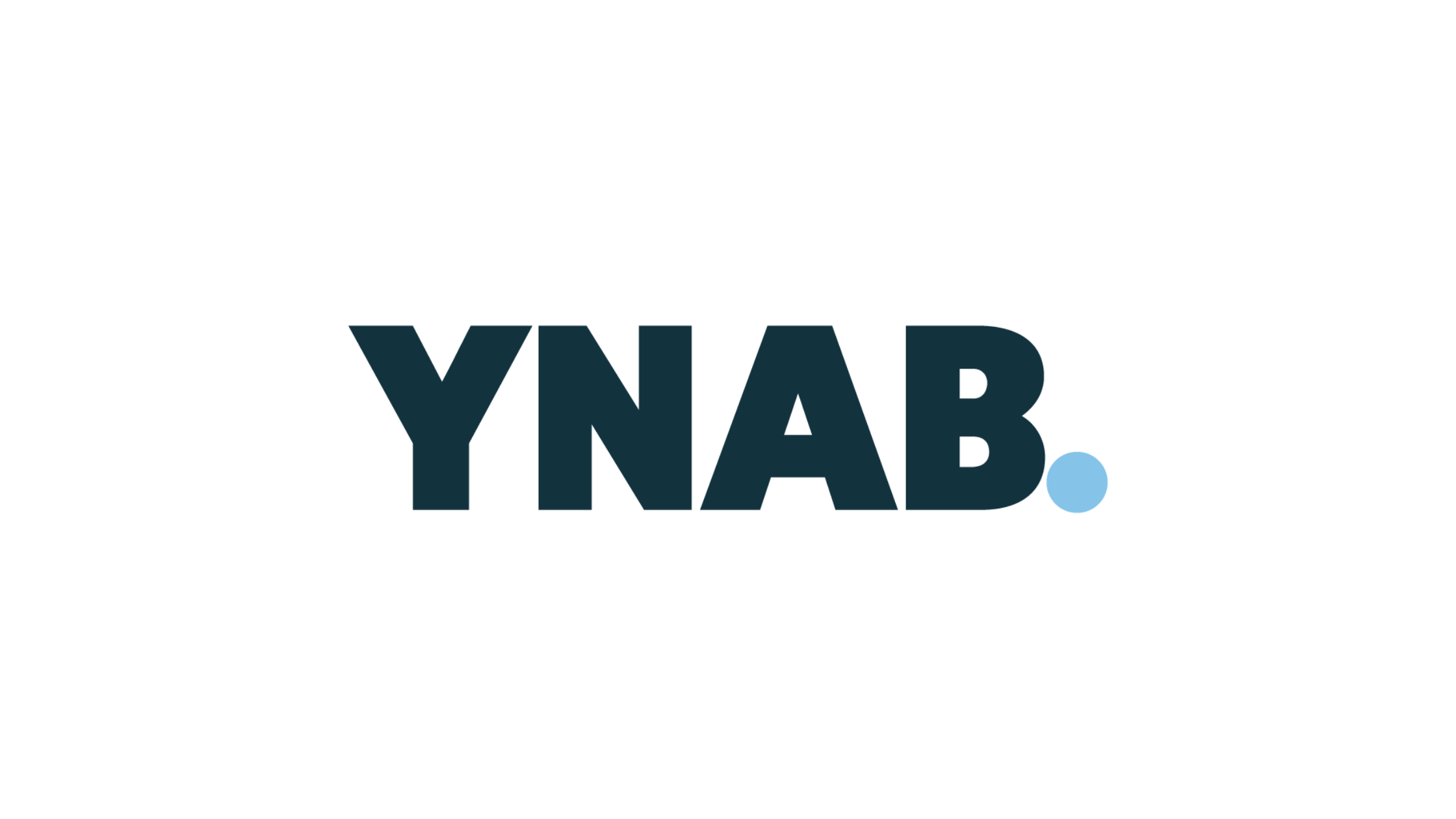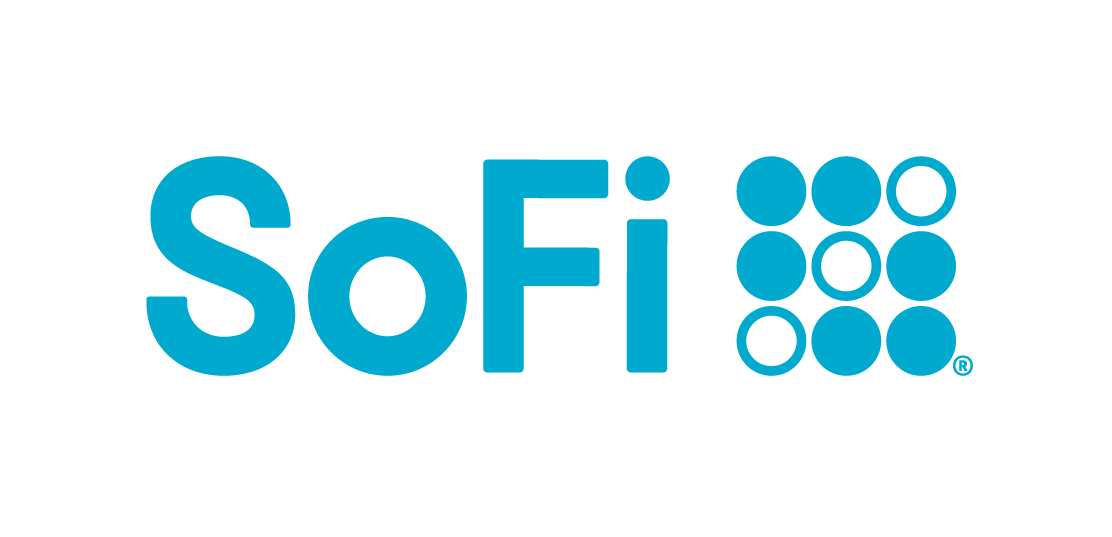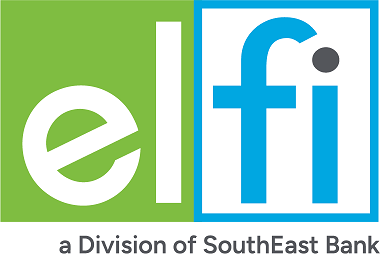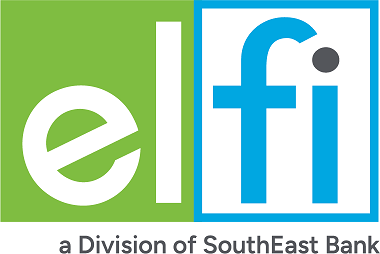The cost of education in California has been rising steadily over the years, making it harder for students and families to afford college without extra help. Whether you're planning to attend one of California's prestigious universities, like UCLA or Stanford, or a local community college, tuition prices, housing, and additional fees can add up quickly. Many students find themselves needing loans to fill the gaps.
Choosing the right student loan can make or break your financial future. Not all loans are the same and picking the wrong one can lead to unnecessary stress and long-term debt. By carefully selecting a loan that fits your needs, you can save money on interest, avoid hidden fees, and set yourself up for a more manageable repayment plan after graduation.
Federal Student Loan Options
When it comes to paying for college, federal student loans are the best starting point. These loans are provided by the government and come with features and protections that can make them more affordable than other types of loans. Here’s what you need to know about the different federal student loan options available to you.
Types of Federal Loans
Direct Subsidized Loans
These loans are for undergraduate students with financial need. The best part? The government pays the interest while you're in school at least half-time, during the grace period after graduation, and during deferment periods.
Direct Unsubsidized Loans
Unlike subsidized loans, these don’t require you to demonstrate financial need, and they’re available to both undergraduate and graduate students. However, you’re responsible for all the interest, even while you're in school or during deferment.
Direct PLUS Loans
These loans are designed for parents of dependent undergraduate students (Parent PLUS) or for graduate and professional students (Graduate PLUS). While they can cover remaining costs that other financial aid doesn’t, they require a credit check and usually have higher interest rates than other federal loans.
Eligibility Requirements
To qualify for federal student loans, the first step is completing the FAFSA® (Free Application for Federal Student Aid). This form determines your eligibility for various types of financial aid, including federal loans, grants, and work-study programs.
For California residents who choose in-state colleges, there are additional benefits. Tuition rates are typically lower, and you may qualify for state-specific financial aid like the Cal Grant, which can work alongside federal loans to reduce your costs.
Benefits of Federal Loans
Federal student loans come with advantages that make them a popular choice:
Fixed Interest Rates
Federal loans have fixed interest rates that don’t change over time, making it easier to predict and manage your payments.
Income-Driven Repayment Plans
These plans adjust your monthly payments based on your income, ensuring affordability even if you don’t land a high-paying job right after graduation.
Forgiveness Programs
Federal loans offer pathways to forgiveness, such as the Public Service Loan Forgiveness program for those working in government or nonprofit roles, and the Teacher Loan Forgiveness program for educators serving in low-income areas.
Considering these options and benefits, federal loans are an excellent way to start funding your college education. By understanding these programs and choosing the one that works best for you, you can ease the financial burden of college and focus on your future.
California State-Specific Loan Options and Resources
If you’re a resident of California, you have access to several state-specific loan options and resources that can help you afford your education. Understanding these programs can help you make the best choice for your financial situation.
California Student Aid Commission (CSAC)
The California Student Aid Commission (CSAC) is an important resource for students looking to access financial aid in the state. CSAC manages a variety of programs designed to make college more affordable.
Cal Grants
Cal Grants are one of the most widely used programs. They provide free money for college that doesn’t have to be repaid. The amount you receive depends on your financial need, your grades, and the type of school you attend.
Middle Class Scholarship Program
This program helps students from middle-income families by covering up to 40% of tuition costs at California public universities. It’s designed for students who don’t qualify for need-based aid but still need help paying for college.
California Dream Loan Program
If you’re an undocumented student who qualifies for AB 540, the California Dream Loan Program could be a great option. This program offers loans specifically for undocumented students, with low interest rates and flexible repayment terms. It’s a way to ensure that all students, regardless of immigration status, can access the financial help they need to succeed in college.
Scholarshare 529 Plan as a Loan Alternative
Instead of taking out loans, you might also consider the Scholarshare 529 Plan as an alternative. This tax-advantaged savings program helps families save for education expenses. The funds in this account can be used tax-free for qualified costs like tuition, books, and housing. While it’s not a loan, it’s a smart way to reduce the need for borrowing in the first place.
By taking advantage of these California-specific resources, you can reduce the financial stress of college and focus more on your academic and personal growth.
Private Student Loan Options for California Residents
If you're a California resident exploring private loan options, it's important to understand how these loans work and when they might be right for you. Private loans are provided by banks, credit unions, or online lenders, unlike federal loans which come from the government. They can help cover the costs of college when other financial aid options like scholarships, grants, and federal loans aren’t enough.
When Private Student Loans Can Be Helpful
Private student loans can be especially useful if you’ve already maxed out your federal loan options or if you don’t qualify for federal loans. They might also come into play if you need funding for expenses that federal loans don’t fully cover. However, private student loans should be a last resort after you’ve explored other forms of financial aid.
Key Considerations for Private Student Loans
Before applying for a private loan, there are several important factors to think about. First, decide whether a fixed or variable interest rate is better for you. A fixed rate stays the same for the life of your loan, giving you predictable monthly payments, while a variable rate may start lower but can change over time, potentially increasing your payments.
You’ll also need to consider your credit score, as private lenders often use it to determine your loan approval and interest rate. If you don’t have good credit or any credit history, you may need a cosigner, such as a parent or guardian, who has strong credit.
California-Based Private Student Loan Lender Options
For residents of California, some regional lenders or credit unions may provide private education loans specifically tailored to students in the state. For example, local credit unions or community banks, like Golden 1 Credit Union or SchoolsFirst Federal Credit Union, often have competitive rates and more personalized service compared to large national lenders. It’s worth exploring these options as they may offer unique benefits for California students.
By carefully considering your private loan options and weighing the pros and cons, you can make an informed decision that supports your educational goals while managing the long-term impact on your finances.
Comparing Loan Options
When choosing the best student loan option in California, it helps to compare the three main types you can apply for—federal, state, and private student loans. Each type comes with its own advantages and disadvantages, so understanding how they stack up can make all the difference.
Federal Loans
Federal student loans are the best starting point for most students. These loans usually come with fixed interest rates and flexible repayment options, like income-driven repayment plans or loan forgiveness programs. They also don’t require a credit check, which is helpful if you’re just starting to build your financial profile. However, federal loans have borrowing limits, so they might not cover all your education costs.
State Loans
State-based loan programs, such as those offered through some California organizations, can be another solid option. These loans often provide competitive interest rates and may even include borrower protections similar to federal student loans, like deferment or forbearance during tough financial times. The downside, though, is that these programs can be limited in availability and may not offer as many flexible repayment options as federal loans do.
Private Student Loans
Private student loans can fill the gap when federal and state loans are not enough. While some private lenders can offer competitive interest rates, those rates are usually based on your credit score and income. This means you could face higher costs if your credit isn’t strong. Private student loans typically don’t include the borrower protections or flexible repayment plans that federal and state loans provide.
Why You Should Start with Federal and State Loans
Before you consider private student loans, it’s important to first exhaust all your federal and state loan options. Federal and state programs tend to include better protections and more flexibility for student borrowers. Jumping straight to private student loans without exploring these options could leave you with higher-than-necessary monthly payments or fewer options for managing your loans if financial difficulties arise. Always look at federal and state resources first to make the most of what’s available to you.
Tips for Choosing the Right Loan
When deciding on the best student loan for your needs, there are a few important steps you should take to make an informed choice. Start by evaluating your projected costs, such as tuition, housing, and other school-related expenses, and compare them to your future earning potential based on your field of study. This will help you understand how much you can realistically afford to borrow.
Make sure to use online loan calculators to estimate your monthly payments and the total amount you’ll need to repay over time. These tools can give you a clearer picture of what your financial situation might look like after graduation. If you're considering private loans, be sure to carefully read the fine print. Pay close attention to details like interest rates, fees, and repayment terms, as these can vary widely between lenders.
Finally, don’t hesitate to seek advice from a student loan counselor or a financial advisor. These experts can help guide you through the process, offer tailored recommendations, and ensure you’re making the best decision for your situation. Taking the time to weigh your options now can save you a lot of stress and money in the future.























